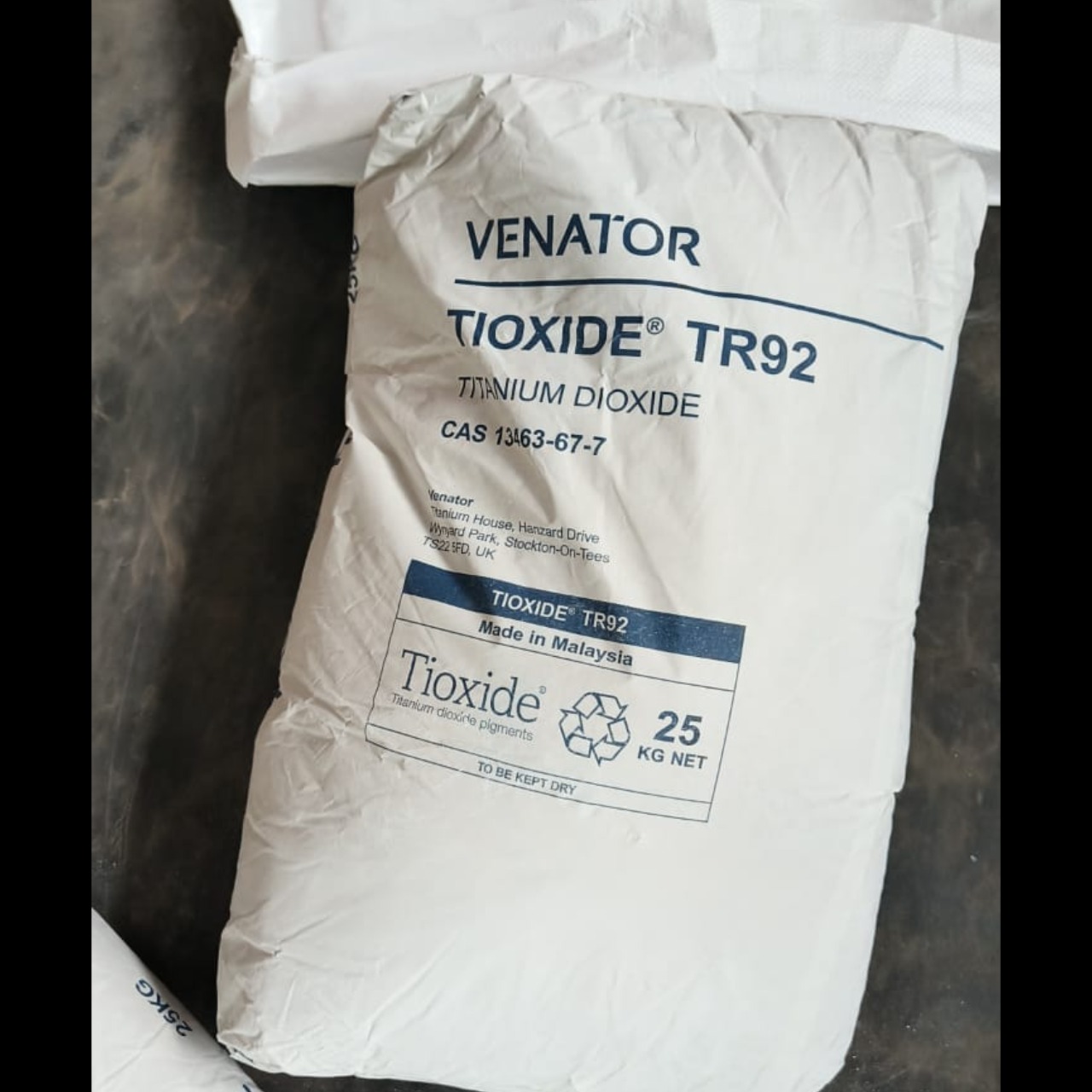
2025-06-26T05:35:07
Synthetic and geologic occurrence Synthetic TiO2 is mainly produced from the mineral ilmenite. Rutile, and anatase, naturally occurring TiO2, occur widely also, e.g. rutile as a 'heavy mineral' in beach sand. Leucoxene, fine-grained anatase formed by natural alteration of ilmenite, is yet another ore. Star sapphires and rubies get their asterism from oriented inclusions of rutile needles.[10] Mineralogy and uncommon polymorphs Titanium dioxide occurs in nature as the minerals rutile and anatase. Additionally two high-pressure forms are known minerals: a monoclinic baddeleyite-like form known as akaogiite, and the other has a slight monoclinic distortion of the orthorhombic α-PbO2 structure and is known as riesite. Both of which can be found at the Ries crater in Bavaria.[11][12][13] It is mainly sourced from ilmenite, which is the most widespread titanium dioxide-bearing ore around the world. Rutile is the next most abundant and contains around 98% titanium dioxide in the ore. The metastable anatase and brookite phases convert irreversibly to the equilibrium rutile phase upon heating above temperatures in the range 600–800 °C (1, 110–1, 470 °F).[14] Titanium dioxide has twelve known polymorphs – in addition to rutile, anatase, brookite, akaogiite and riesite, three metastable phases can be produced synthetically (monoclinic, tetragonal, and orthorhombic ramsdellite-like), and four high-pressure forms (α-PbO2-like, cotunnite-like, orthorhombic OI, and cubic phases) also exist

Have a question? Ask here!
Required fields are marked *